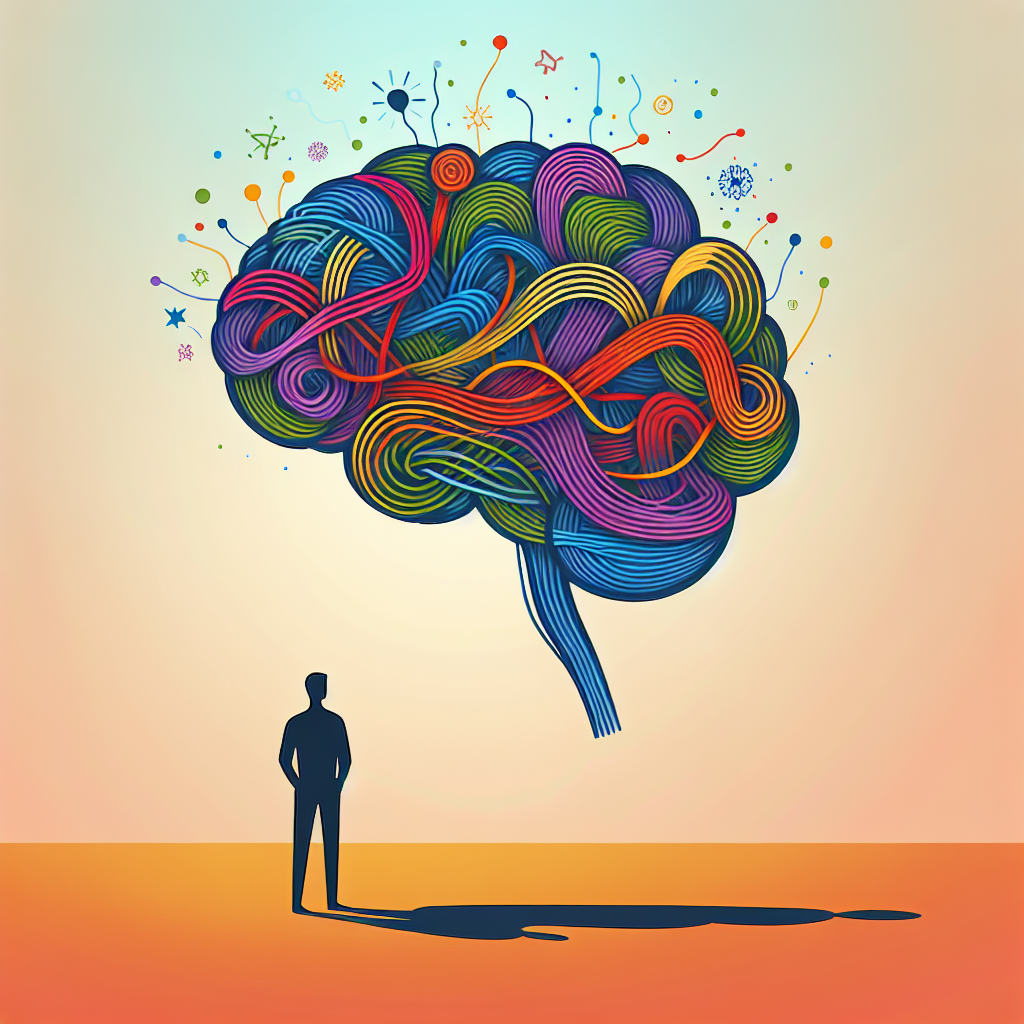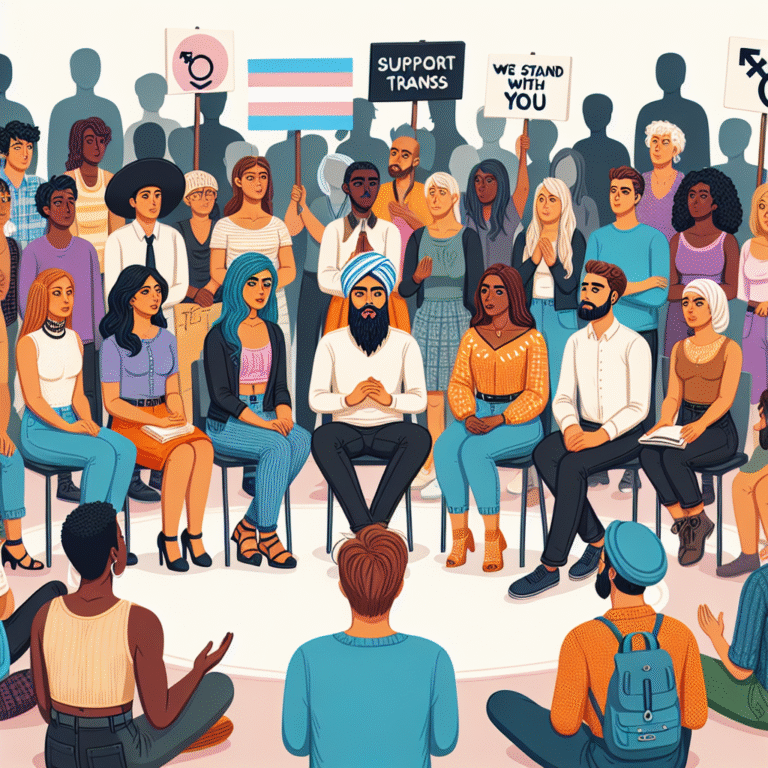
The Ultimate Guide to Understanding Environmental Influence
Introduction
Imagine walking into a room filled with natural light, plants, and warm colors. Instantly, you feel a sense of calm and creativity bubbling within you. Now, picture a drab, cluttered space with flickering fluorescent lights and industrial gray walls—suddenly, feelings of stress and anxiety creep in. This phenomenon captures the essence of "Mind Over Matter: How Our Surroundings Shape Our Behavior." In this article, we’ll explore how our environments not only affect our mood but also influence our thoughts, decisions, and overall behavior.
The understanding that our surroundings can shape our behavior has profound implications for everything from workplace productivity to educational outcomes. Tapping into this power means we can consciously design our spaces to promote well-being, creativity, and productivity. Join us as we delve deeper into the relationships between mind, matter, and environment.
The Psychological Basis of Environmental Influence
Understanding the Mind-Environment Connection
Our surroundings play a crucial role in shaping our psyche. The ambient environment, from color schemes to room layouts, affects our thoughts and emotions in sophisticated ways. This concept is rooted in environmental psychology, which posits that our external environment influences our internal processes.
Key Insights:
- Perception and Mood: Colors can evoke different emotions. For instance, blues and greens can soothe, while reds can energize or agitate.
- Spatial Arrangement: The layout of spaces can either invite collaboration or encourage isolation.
Case Study: The Impact of Open vs. Closed Spaces
A corporate office redesigned from a traditional cubicle layout to open spaces resulted in a 25% increase in collaboration among employees. By facilitating interaction and communication, the company harnessed the mind-environment relationship to boost overall morale and creativity.
Analyzing the Case Study
The statistics indicate that by simply altering physical spaces, organizations can significantly impact employee behavior. The case illustrates the power of creating environments that align with desired outcomes.
The Role of Nature in Shaping Behavior
Biophilia: The Innate Connection to Nature
The term "biophilia" refers to our inherent affinity for nature and natural processes. Studies have shown that natural elements in our surroundings can enhance well-being and performance.
Benefits of incorporating nature:
- Reduced Stress: Exposure to natural elements reduces cortisol levels.
- Increased Creativity: A view of greenery or natural scenes boosts creative thinking.
Case Study: Nature in Urban Spaces
A study in Philadelphia found that urban green spaces increased residents’ quality of life, leading to a 29% decline in crime rates and a 10% increase in community interactions. This highlights the profound effect of nature on societal behavior and well-being.
Analysis of the Urban Green Space Study
The findings underscore the importance of integrating natural settings into urban planning, showcasing that nature’s presence enhances not just individual but collective behavior.
Color Psychology: A Powerful Tool
Understanding How Colors Influence Behavior
Color psychology is the study of how colors affect perceptions and behaviors. Different colors can evoke distinct reactions, making it an essential tool in various fields, from marketing to design.
Color Associations:
- Red: Passion, urgency, and excitement
- Blue: Trust, calmness, and security
- Green: Balance, relaxation, and health
Case Study: Effects of Color in Marketing
A fast-food chain that switched its branding from a blue logo to red noticed a significant uptick in sales. The transition aligned with the color’s association with hunger and urgency, demonstrating the profound impact of color on consumer behavior.
Analysis of the Marketing Color Shift
This case illustrates how understanding the psychology behind color can create persuasive environments, increasing engagement and consumer behavior.
Architecture and Urban Design: The Bigger Picture
How Built Environments Shape Our Interactions
Architecture and urban design significantly influence societal behavior. Thoughtfully designed spaces can foster community engagement, promote safety, and enhance well-being.
Key Principles of Effective Design:
- Accessibility: Ensuring spaces are open and inviting to all.
- Mixed-Use Developments: Combining residential and commercial spaces to create vibrant communities.
Case Study: The 15-Minute City
Cities like Paris are exploring the concept of the 15-minute city, where residents can access work, shopping, and leisure within a 15-minute walk or bike ride. This design approach promotes a sense of community, decreases reliance on cars, and enhances overall quality of life.
Analyzing the 15-Minute City Concept
The positive outcomes of such urban designs highlight how thoughtful architecture can reduce stress, promote healthier lifestyles, and ultimately, influence behavior positively.
Personal Spaces: Home’s Role in Well-being
Creating an Environment of Peace and Productivity
Our home environments are integral to our mental health. A chaotic living space can lead to stress and anxiety, while a well-organized environment fosters calm and productivity.
Tips for a Mindful Home Environment:
- Declutter Regularly: A tidy space promotes a clear mind.
- Incorporate Personal Touches: Infusing personal items can create a sense of belonging and comfort.
Case Study: Minimalism and Mental Health
Many individuals embracing minimalism report decreased anxiety and a heightened sense of clarity. By simplifying their surroundings, they focus on what truly matters, leading to improved mental health outcomes.
Analysis of Minimalism
The minimalism trend validates the assertion that surrounding oneself with intentionality enhances overall well-being, demonstrating the mind’s adaptability in connection with a simplified environment.
Conclusion
As we’ve explored throughout this article, the concept of "Mind Over Matter: How Our Surroundings Shape Our Behavior" is a powerful reminder of the legitimate influence our environment has on our mental and emotional well-being. From the colors we choose to our spatial designs, every element contributes to shaping our thoughts and actions. By understanding these dynamics, we can intentionally design our surroundings—be it in our homes, workplaces, or communities—to foster positivity, creativity, and productivity.
As you reflect on your own environments, remember that small changes can lead to significant transformations in behavior. Start with one room, or even a corner of your space, and observe how altering your surroundings impacts your mindset.
FAQs
-
How do colors affect my mood?
- Colors like blue can promote calmness, while red may energize or agitate. Different colors evoke specific feelings.
-
What is biophilia?
- Biophilia refers to our innate desire to connect with nature. Exposure to natural elements improves mood and often leads to enhanced creativity.
-
Can my workspace influence my productivity?
- Yes, the layout and design of your workspace can significantly affect collaboration, concentration, and overall productivity levels.
-
What are some simple changes I can make at home for better mental health?
- Declutter your space, incorporate plants, and use colors that promote happiness or calmness to enhance your environment.
- How does urban design affect community behavior?
- Thoughtful urban design fosters community engagement, safety, and enhances overall well-being by creating accessible, inviting spaces.
Embrace the concept of "Mind Over Matter: How Our Surroundings Shape Our Behavior," and take purposeful actions to create environments that positively influence your thoughts and actions.














